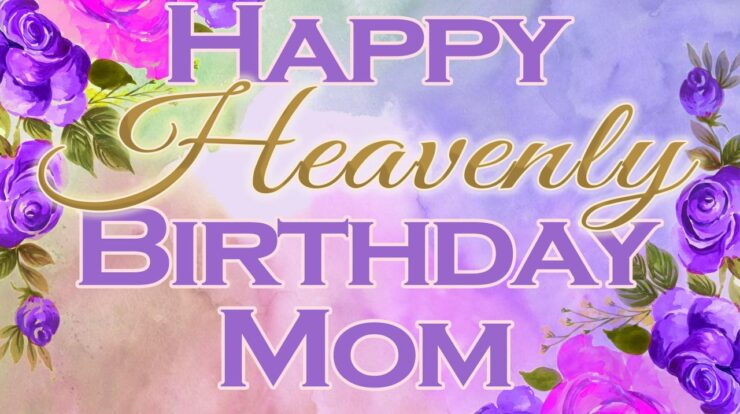
Embark on a captivating exploration of mole meaning, uncovering its etymological origins, historical significance, and cultural interpretations. From ancient beliefs to modern medicine, moles have held a profound impact on our understanding of beauty, health, and identity.
Throughout history, moles have adorned the faces and bodies of people from all walks of life, carrying with them a myriad of meanings and associations. Some cultures revered them as symbols of beauty and good fortune, while others saw them as harbingers of disease or misfortune.
Etymology and Historical Usage

The word “mole” originates from the Latin word “mola,” meaning a mass or lump. In ancient Greece, moles were known as “spili” and were often associated with beauty and fertility. In China, moles were traditionally believed to bring good luck and were often considered a sign of prosperity.
Biological Significance
In biology, a mole is a pigmented skin growth caused by the accumulation of melanin. Moles can vary in size, shape, and color, and are typically harmless. However, some moles can develop into skin cancer, so it is important to monitor them for any changes.
Symbolic Interpretations, Mole meaning
Moles have been imbued with symbolic meanings in various cultures. In some cultures, moles are associated with beauty, while in others they are seen as a sign of good luck or misfortune. In some parts of the world, moles are believed to represent a person’s past life or future destiny.
Literary and Artistic Depictions
Moles have often been featured in literature and art as symbols of beauty, mystery, or even danger. For example, in William Shakespeare’s play “Othello,” the title character has a mole on his cheek that is seen as a sign of his exotic and passionate nature.
Cultural and Social Perceptions
Cultural attitudes towards moles vary widely. In some societies, moles are considered attractive, while in others they are seen as a sign of disfigurement. In some cultures, moles are believed to bring good luck, while in others they are associated with superstition or even witchcraft.
Medical Significance
Moles can be medically significant, as they can sometimes develop into skin cancer. It is important to monitor moles for any changes in size, shape, or color, and to consult a doctor if any changes are observed.
Comparative Analysis
The meanings and significance of moles vary across different cultures. In some cultures, moles are associated with beauty and good luck, while in others they are seen as a sign of misfortune or even witchcraft. It is important to be aware of the cultural context when interpreting the meaning of a mole.
Concluding Remarks

In the realm of medicine, moles play a crucial role in the early detection and treatment of skin cancer. By monitoring changes in their size, shape, and color, doctors can identify potential health concerns and intervene promptly.
As we delve into the multifaceted world of mole meaning, we discover a tapestry woven with historical, cultural, and medical threads. It is a journey that invites us to reflect on the power of perception and the enduring significance of these enigmatic skin growths.
Top FAQs: Mole Meaning
What is the origin of the word “mole”?
The word “mole” traces its roots to the Latin word “mola,” meaning “millstone” or “grindstone.” It was later adopted into English to describe a dark spot on the skin resembling a small stone.
Are all moles cancerous?
The vast majority of moles are benign and pose no health risks. However, it is important to monitor moles for any changes in size, shape, or color, as these may indicate the development of skin cancer.
What is the significance of moles in different cultures?
Moles have been attributed with a wide range of meanings across different cultures. In some traditions, they are seen as symbols of beauty, luck, and fertility, while in others they are associated with witchcraft, disease, or misfortune.





